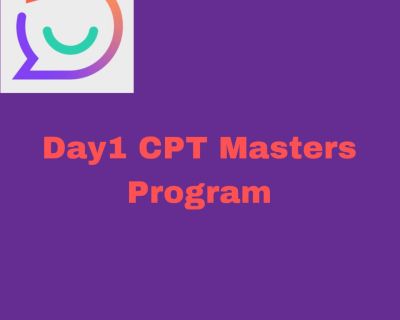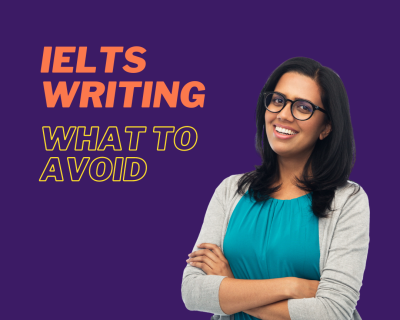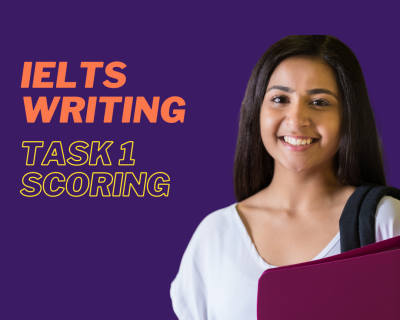The IELTS Reading Test is a challenging part of the IELTS exam, requiring you to read and understand various texts while answering different question types.
In this article, we’ll discuss strategies for tackling the most common question types you’ll encounter in the IELTS Reading Test.
Remember, familiarizing yourself with the IELTS Reading Test format and understanding time management techniques can greatly improve your performance.
1. Multiple Choice Questions in the IELTS Reading test
Strategy: Elimination and Selection
Multiple-choice questions present you with several options, but only one is correct. To tackle these questions, follow these steps:
- Read the question carefully. Understand what the question is asking before reading the passage.
- Skim the relevant part of the passage. Find the section of the text that addresses the question, and read it quickly to gather information.
- Eliminate incorrect answers. Cross out options that are clearly wrong or contradict the text. This increases the probability of choosing the correct answer.
- Select the best answer. Choose the option that best answers the question based on the information in the passage.
Example: The author mentions that …
- A) …
- B) …
- C) …
2. True, False, Not Given Questions
Strategy: Fact-checking and Comparison
In these questions, you need to determine if statements match the information in the passage (True), contradict the information (False), or lack enough information to make a determination (Not Given).
- Read the statement carefully. Understand the key elements in the statement.
- Locate the relevant information in the passage. Skim the text to find the section addressing the statement.
- Compare the statement with the passage. Check if the statement matches, contradicts, or lacks information when compared to the text.
- Choose the appropriate answer. Based on the comparison, determine if the statement is True, False, or Not Given.
Remember, differentiating between facts and opinions is essential for answering these questions.
Example: The author believes that …
- True
- False
- Not Given
3. Summary, Note, Table or Flowchart Completion Questions
Strategy: Skimming, Paraphrasing, and Matching
These question types require filling in the blanks with words from the passage. To answer these questions, follow these steps:
- Read the instructions carefully. Note any limitations on word count or format.
- Skim the passage. Find the section(s) relevant to the question and gather necessary information.
- Look for synonyms and paraphrases. The words in the passage may not match the words in the question exactly, so look for synonymous or paraphrased expressions.
- Fill in the blanks. Use the information from the passage to complete the summary, note, table, or flowchart.
Developing summarizing and paraphrasing skills is crucial for these question types.
Example: The author states that the primary cause of … is …
4. Sentence Completion Questions
Strategy: Context and Paraphrasing
These questions require you to complete sentences using words from the passage. To answer these questions, follow these steps:
- Read the question carefully. Understand what information is needed to complete the sentence.
- Locate the relevant information in the passage. Skim the text to find the section addressing the question.
- Identify synonyms and paraphrases. The words in the passage may not match the words in the question exactly, so look for synonymous or paraphrased expressions.
- Complete the sentence. Use the information from the passage to fill in the blank, ensuring the sentence is grammatically correct and coherent.
Example: The author argues that one of the main benefits of … is …
5. Matching Headings or Information Questions
Strategy: Skimming and Categorization
These questions require you to match headings or information to specific paragraphs or sections of the passage. To answer these questions, follow these steps:
- Read the list of headings or information. Get a general understanding of the topics or information provided.
- Skim the passage. Read the passage quickly to get a general idea of the content and structure.
- Match the headings or information. Assign the appropriate heading or piece of information to each paragraph or section based on the main idea or content.
- Double-check your answers. Ensure that the headings or information match the content of the paragraphs or sections.
Understanding how to identify the main idea and supporting details is essential for this question type.
Example: Match the following headings to the appropriate paragraphs:
- A) …
- B) …
- C) …
6. Short Answer Questions
Strategy: Skimming, Paraphrasing, and Precision
These questions require concise answers based on the information in the passage. To answer these questions, follow these steps:
- Read the question carefully. Understand what the question is asking and identify the type of information needed (e.g., a date, name, or reason).
- Locate the relevant information in the passage. Skim the text to find the section addressing the question.
- Formulate a concise answer. Use the information from the passage to create a short, precise response that addresses the question.
- Ensure your answer meets the requirements. Check the word count and format limitations, and make sure your response is within those parameters.
Example: According to the passage, what is the main reason for …?
Conclusion
By using these strategies and practicing them regularly, you’ll become more adept at answering different question types in the IELTS Reading Test. Additionally, improving your reading skills, vocabulary, and critical thinking will help you further excel in this part of the exam.
Remember to stay focused and concentrate during the test, and don’t forget to review these strategies before the big day!

















